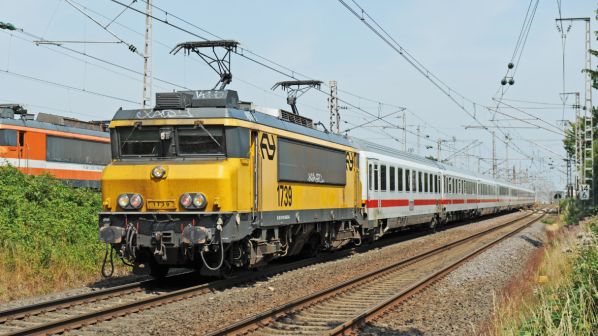A 10-minute reduction in the 6h 22min Amsterdam - Berlin Main Station trip will be achieved on the Dutch section of the route by introducing 200km/h multi-system locomotives to avoid changing the locomotive at the Dutch-German border, reducing the number of intermediate stops, and securing a better path for the two-hourly interval service.
Dutch infrastructure manager Prorail says it will be able to give the international passenger service a better path by reducing freight train capacity. However, Dutch rail freight lobby group Railgood says it will fight any plans to reduce paths for freight trains. NS will compensate for the reduction in intermediate stops between Amsterdam and Hengelo by running an additional domestic service.
The Amsterdam - London Eurostar high-speed train service, which will be stepped up from three to four trips per day this year, will be increased to five services in 2021.
The capacity of the Amsterdam - Brussels - Paris Thalys high-speed service will be enhanced by operating two trains in multiple, particularly on Fridays and Saturdays when demand is high, and by running additional early morning and late evening services.
Overnight sleeper trains will return to the Netherlands in 2021 with the introduction of a Nightjet service to Vienna and Innsbruck which will be operated in the Netherlands by NS using a NS multi-system electric locomotive and Austrian Federal Railways (ÖBB) rolling stock.
NS has issued a request for information regarding the leasing of multi-system electric locomotives for the Amsterdam - Berlin and Nightjet services.
Domestic improvements
Only minor changes are envisaged to domestic services in the 2021 timetable. Connection times between trains will be reduced from 24 to 12 minutes at Tiel, and at Baarn, where passengers currently wait almost half an hour, due to upgrading the single-track section on the route between Baarn and Utrecht. The frequency of the stopping service between Nijmegen and ’s-Hertogenbosch will increase.

